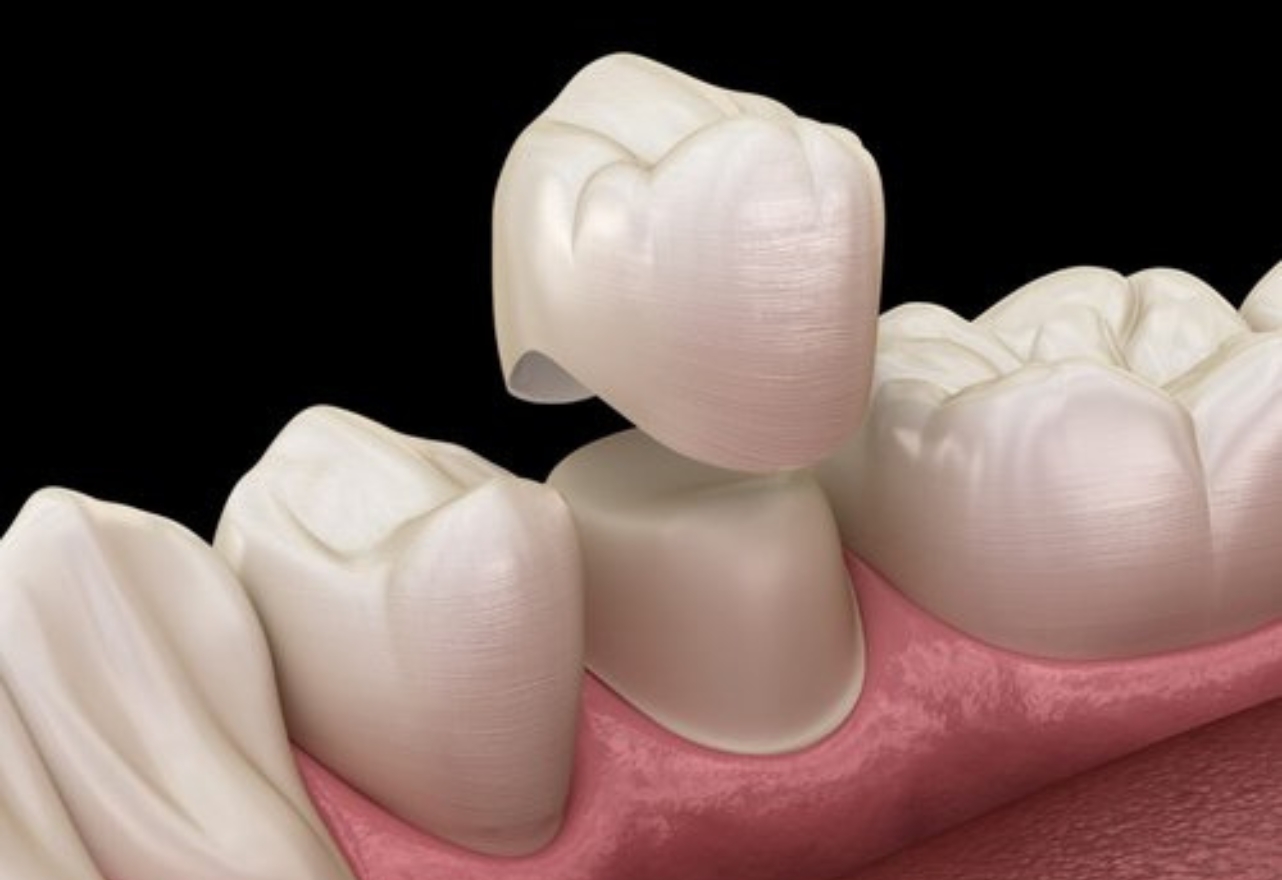26700 Towne Centre Dr #290 Foothill Ranch, CA 92610
Why And How A Dental Crown Is Removed? A Detailed Guide

Dental crowns are a common and effective solution to protect damaged or weak teeth. They act like a strong, custom-made cap that covers a tooth to restore its shape, size, and function. But sometimes, even a crown needs to come off.
If you’re wondering why a dental crown might need to be removed—or how it’s done—this guide will break it down for you step by step. No confusing terms. No stress. Just clear and easy information.
Why Would a Dental Crown Be Removed?
Dental crowns are designed to last many years, but they are not always permanent. Here are a few common reasons a dentist might recommend removing one:
1. Decay Under the Crown
Decay can sneak in beneath a crown if bacteria get underneath. In this case, the crown must be removed to treat the tooth underneath.
2. Broken or Damaged Crown
Crowns are tough—but not indestructible. A chip, crack, or loose crown often needs to be removed for repair or replacement.
3. To Replace with a Better Fit
If the crown no longer fits correctly due to changes in your bite or gum line, it might be removed to place a new, better-fitting crown.
4. Root Canal Retreatment
If an old root canal becomes infected again, the crown may need to come off to treat the infection.
How Is a Dental Crown Removed?
Removing a crown isn’t something you should try at home—it’s a careful dental procedure done by a professional. Here’s what typically happens:
Step 1: Exam and X-rays
The dentist will first take a close look at the crown and take X-rays to assess the underlying tooth.
Step 2: Numbing the Area (If Needed)
If there’s a chance of discomfort, the area will be numbed to keep you pain-free during the process.
Step 3: Loosening the Crown
Depending on the type of dental crown in Foothill Ranch type and condition, dentists may:
- Use special tools to gently wiggle and loosen the crown.
- Cut the crown in half with a dental drill if it’s cemented too tightly and can’t be removed whole.
Step 4: Cleaning The Tooth
Once the crown is off, the tooth underneath will be cleaned, and any issues—like decay or infection—will be treated.
Step 5: Placing a New Crown (If Needed)
In many cases, a dentist will take impressions for a new crown and fit you with a temporary one until the permanent version is ready.
According to the American College of Prosthodontists, around 2.3 million crowns are made each year in the U.S.—and a portion of these are replacements.
What To Expect After Removal?
After your crown is removed, you may feel a little sensitivity in the area for a few days. This is normal. If a temporary crown is placed, avoid sticky or hard foods until your permanent one is fitted.
A dentist will also give you care instructions to keep the tooth safe in the meantime.
Tips To Extend Your Crown’s Life
While removal is sometimes necessary, many dental crowns last up to 15 years or longer with good care. Here’s how to extend your crown’s life:
- Brush and floss daily.
- Avoid chewing hard items like ice or pens.
- Visit a dentist regularly for checkups.
- Wear a night guard if you grind your teeth.
Know The Why and How!
While the idea of removing a dental crown might sound intimidating, the process is usually smooth and pain-free when it’s done by our professional dentist. Whether it’s due to damage, decay, or a better fit, removal is a step toward protecting your oral health and comfort.
Understanding what to expect—and knowing the reasons behind it—can help ease your worries and keep you informed. If our dentist suggests removing a crown, don’t panic—it might just be the best next step for your smile.

